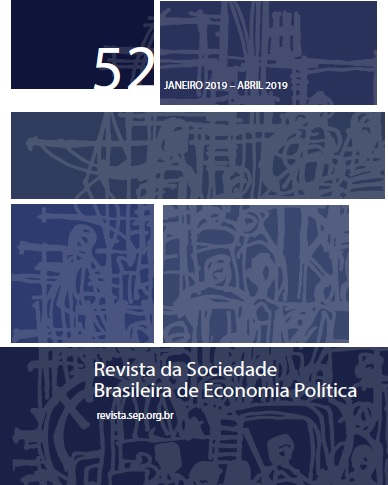Acumulação de capital e os ciclos da economia chinesa de 1952 a 2014: dois métodos de análise através das taxas de lucro das indústrias
Abstract
Based on various originally-constructed statistical series of stocks of productive physical capital and of enterprises’ fixed assets, and on a definition – as rigorous as possible – of the scope of the industrial sector, we calculate several indicators of profit rates at the micro and macroeconomic levels for China from 1952 to 2014. The results obtained by these two methods (micro and macro) are quite similar and can be summarized as follows: i) a tendency of the profit rate to fall is observed over the long period, for the two levels of analysis; ii) at the macro level, the short-term fluctuations in the profit rates show a succession of (rarely complete) cycles whose amplitude decreases with time; iii) more than a third of the period is affected by recessive years for the cyclical component of the profit rates. The largest declines are recorded, in descending order, after the rupture between China and the Soviet Union (1961-1963), during the Cultural Revolution (1968), in the course of the 1950s, during the post-Mao transition (1976-1977), when a neoliberal experiment has been tempted (1989-1991), and with the spread of the globalization crises (which affected China in 1998, 2001, 2009, then since 2012); iv) it is mainly the increasing organic composition of capital that tendentiously pushes down the macro rate of profit.




